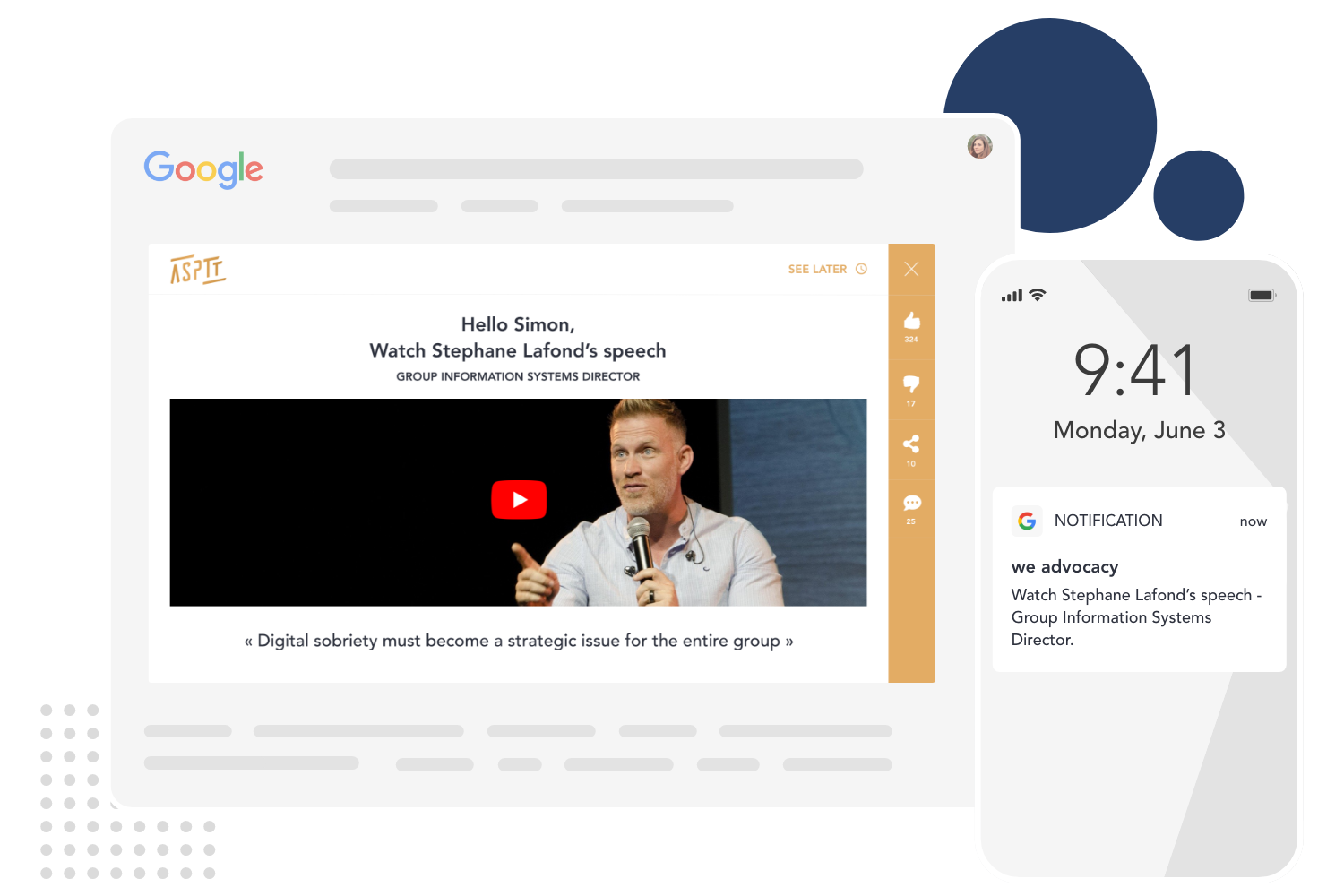
Hiring is essential for the future of any business. Whether it’s a start-up or a listed company, it will need the best people to develop your business. But it is difficult to find talented profiles. Business leaders often see hiring as their main concern, particularly for its impact on turnover. In the digital age, there are many choices for candidates and just like your customers, they can be demanding in a competitive market than the job market. This is why recruiting is a mission which is constantly evolving, becoming more complex and which is gradually transforming human resources functions to get closer to marketing, this is what is called: “HR marketing“. The goal is to develop a solid and attractive corporate culture.
HR marketing, an essential business practice?
Today, the way job seekers apply is undergoing a major transformation. Before, companies had control over the entire recruitment process. Currently, the vast majority of job seekers go through Google; digital transformation requires. It’s the easiest way to collect information about your potential or future workplace. Consequently, the employer brand or employer image has become an essential element. Recruiters need to think more like marketers to create an attractive application experience.
What is rh marketing?
HR marketing, also known as inbound recruiting, is a strategy that aims to provide a great job application experience by creating lots of content for the employer brand. It is also a set of marketing strategies that help companies build relationships with the best talent. By choosing an approach based on inbound marketing in their internal recruitment strategy, companies are able to interact with job seekers, interact with them on social networks and thus attract candidates throughout the recruitment process.
To successfully understand HR marketing, it is important to know the difference between inbound and outbound recruiting.
Outbound recruiting
Outbound recruiting is the traditional approach to recruiting new employees. It involves, for a company, posting offers on its website or on any other employment platform. Recruiters who use outbound recruiting are fighting for new talent. They look for promising candidates and use all possible means (emails, calls, advertisements, events) to introduce them to the company.
Inbound recruiting
Inbound recruiting, is about creating an opportunity for candidates to find the company. This strategy can result in the development of an employee advocacy approach, that is to say the establishment of authentic communication by employees to raise awareness of candidates and encourage them to come and work within the company. ‘business. Many successful companies do not need to seek talent. Their main objective is to select the best candidates from a large number of candidates ready to work for them. However, inbound marketing is an approach to make your business attractive. It is often about using email and social media campaigns to provide engaging content to potential candidates.
Inbound marketing and human resources management
If the term “inbound marketing” sounds familiar to you, this is the new trendy strategy for attracting, engaging and seducing customers. Today, tens of thousands of businesses around the world use inbound marketing. As a reminder, here are the four stages of inbound marketing: attract, convert, conclude and retain. In the context of recruitment, it is possible to apply the same conversion tunnel with candidates by applying the methodologies borrowed from marketing.
Each step corresponds to a question that must be answered.
Attract
How do those looking for work get to know your business?
You may have a site specifically for your job postings that attracts potential candidates, social media content that will be spotted by passive candidates, or an updated Glassdoor page.
Convert
After a job seeker’s first visit to your site, are there opportunities for them to engage and interact?
Subscribing to a career blog or joining your talent network is an example of converting that interest into action and succeeding in recruiting the best.
Conclude
Applying for a job is not to be taken lightly. It is therefore essential to maintain and strengthen contact with candidates who have shown a certain interest in your company.
Retain
Finally, how to transform candidates into promoters?
Creating a remarkable employee experience, asking for feedback through surveys and giving candidates who do not receive an offer the opportunity to stay in touch are steps to create a community of candidates who will tell their friends about the company, ideally talented young graduates, or who will apply again in the future.
The challenges of HR marketing for recruitment
The world of recruitment is constantly evolving and changing. Some companies that communicated directly with their candidates often find it difficult to attract new talent.
For several years now, outbound recruiting has not been the only way to recruit and create employee engagement. HR marketing is increasingly used and allows hiring managers to choose from hundreds of candidates who have already made their choice.
However, that doesn’t mean that outbound marketing has become sassy. Quite the contrary, recruiters always need it when recruiting tactics are not efficient. The inbound approach is more personal and more engaging. Effective recruitment should therefore include the elements of these two methods to provide speed, accuracy and long-term reliability. This is what will allow you to offer real employee satisfaction.
Solution
Internal Communication
Radically change the way you communicate internally and survey your teams regularly and easily.
Solution
Internal Communication
Radically change the way you communicate internally and survey your teams regularly and easily.

